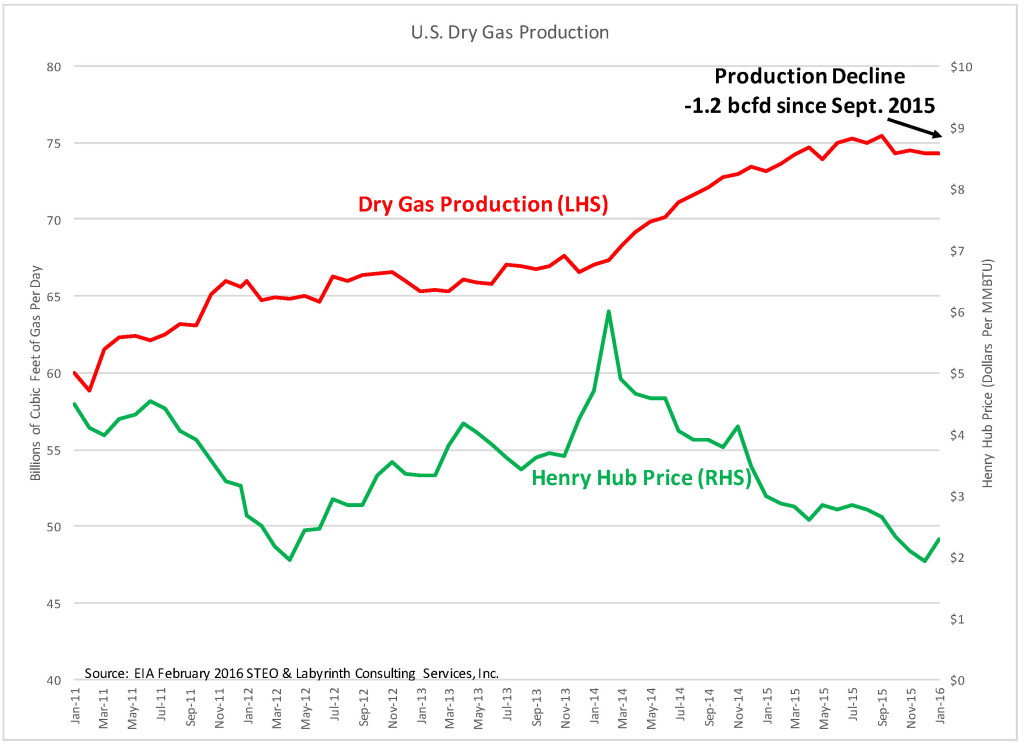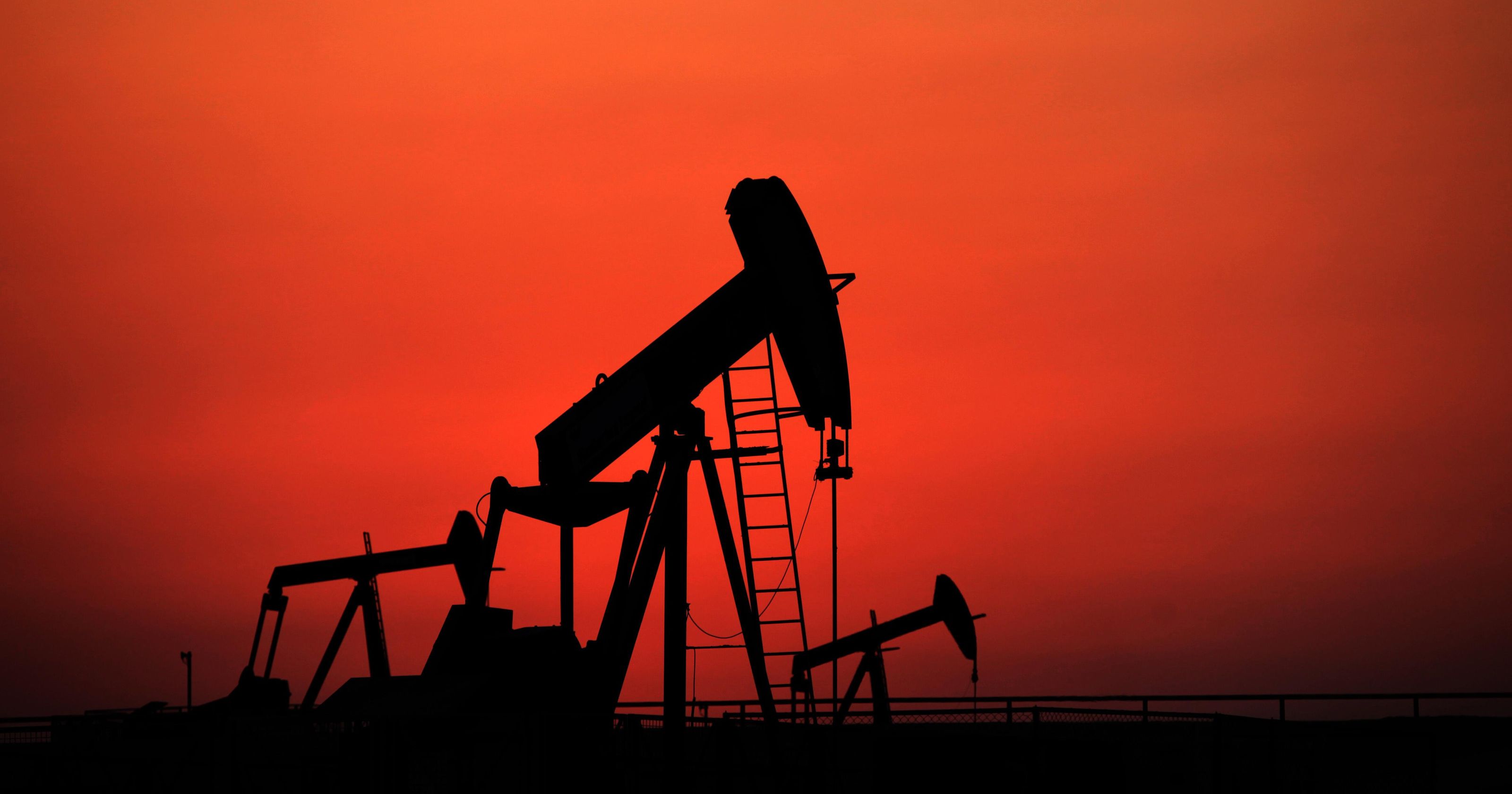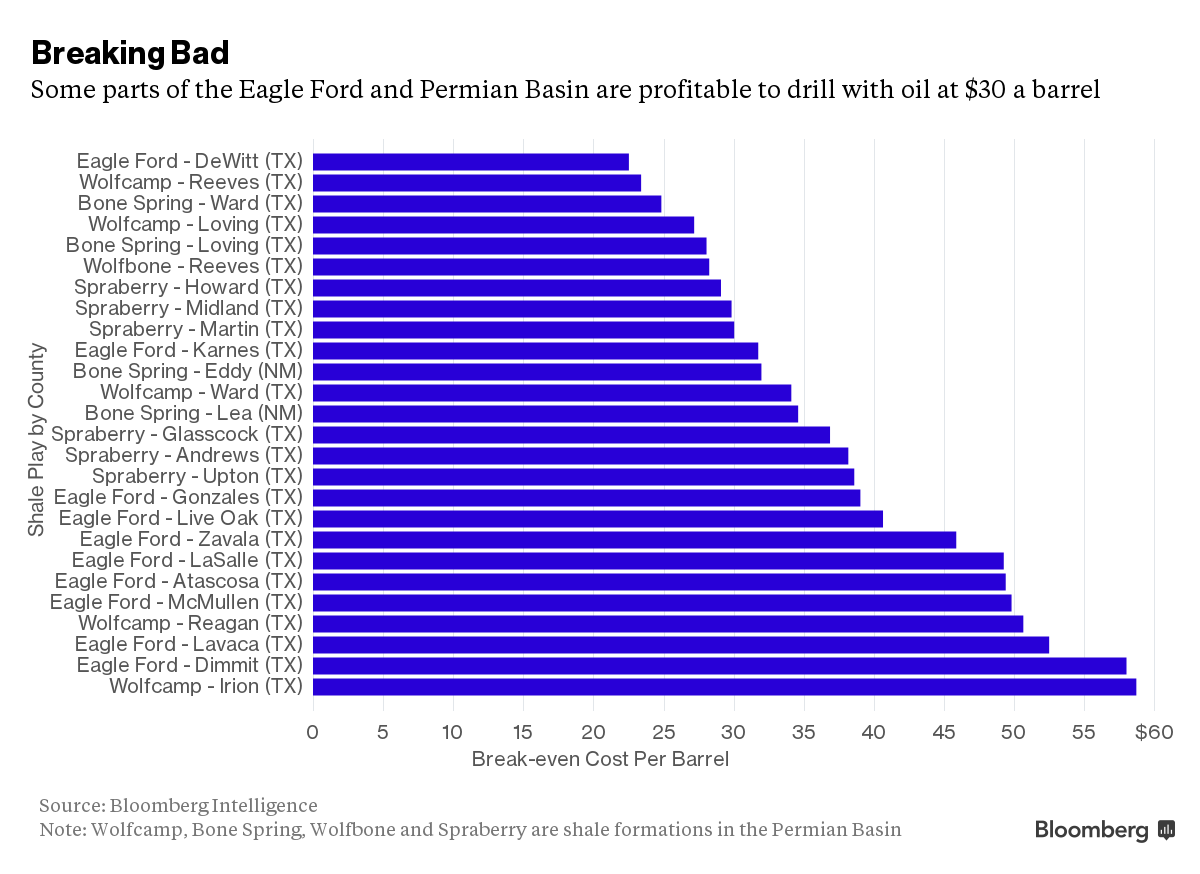Why Oil Fell To $30
(Forbes) One of the questions I am most frequently asked is “What factors led to the precipitous drop in oil prices?” Some have suggested that this is all OPEC’s fault, while others have blamed either surging U.S. shale oil production or falling demand.
I addressed the demand issue back in December in The Fallacy of Peak Oil Demand . To summarize, since 1983, annual global demand for crude oil has only fallen twice; a small decline in 1985 and another decline in 2009 in response to the financial crisis. The growth rate for crude oil has been remarkably consistent, adding an average of almost exactly a million barrels per day (bpd) for more than 30 years.






